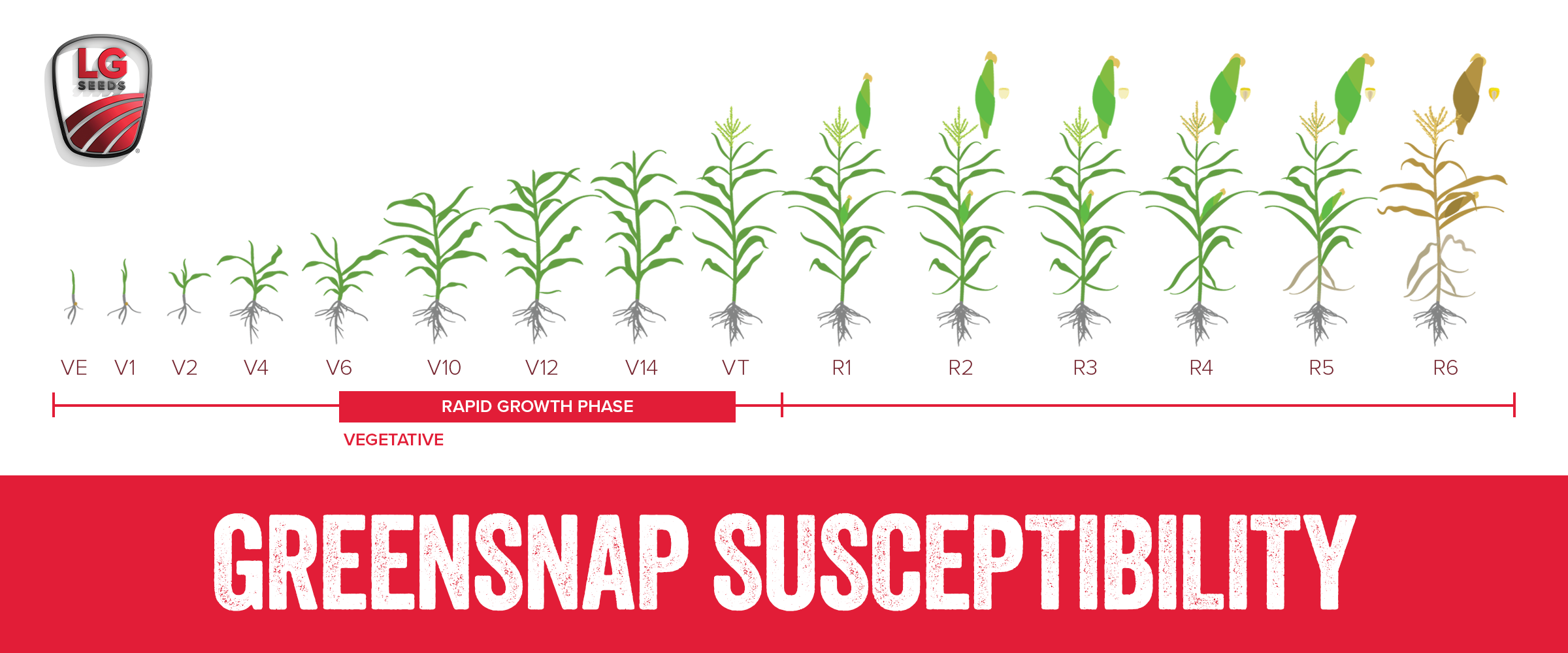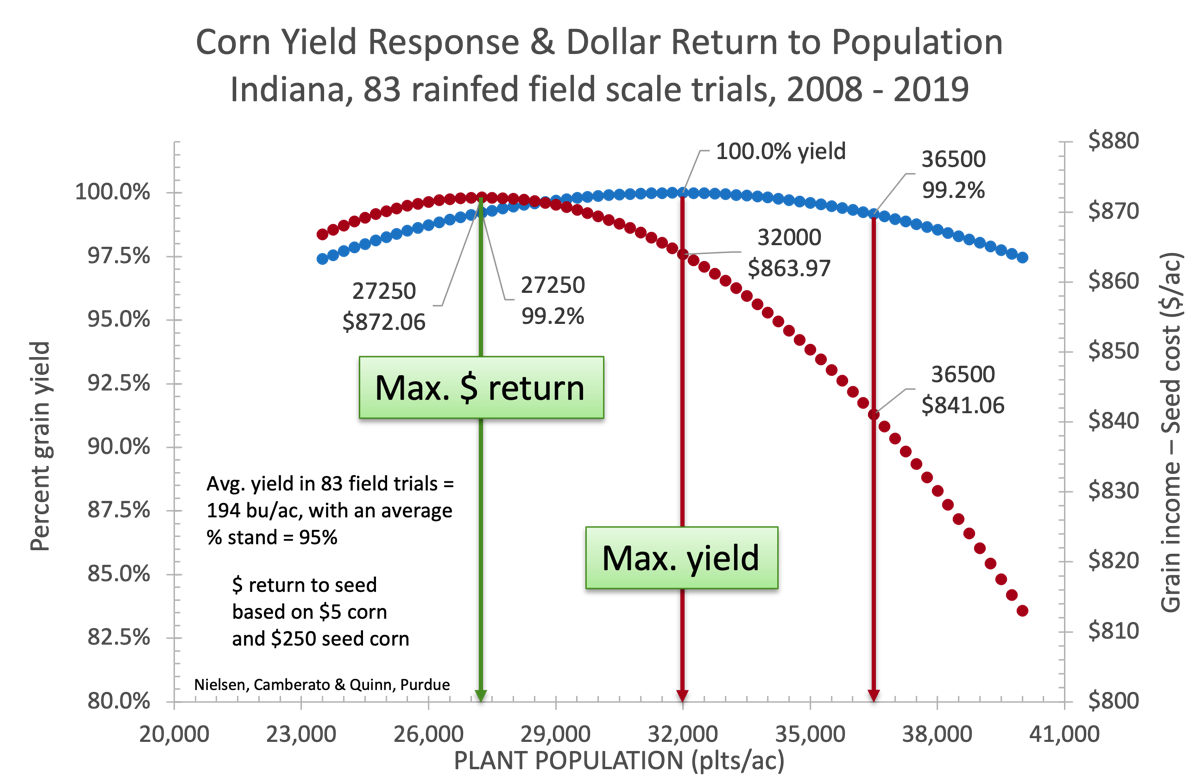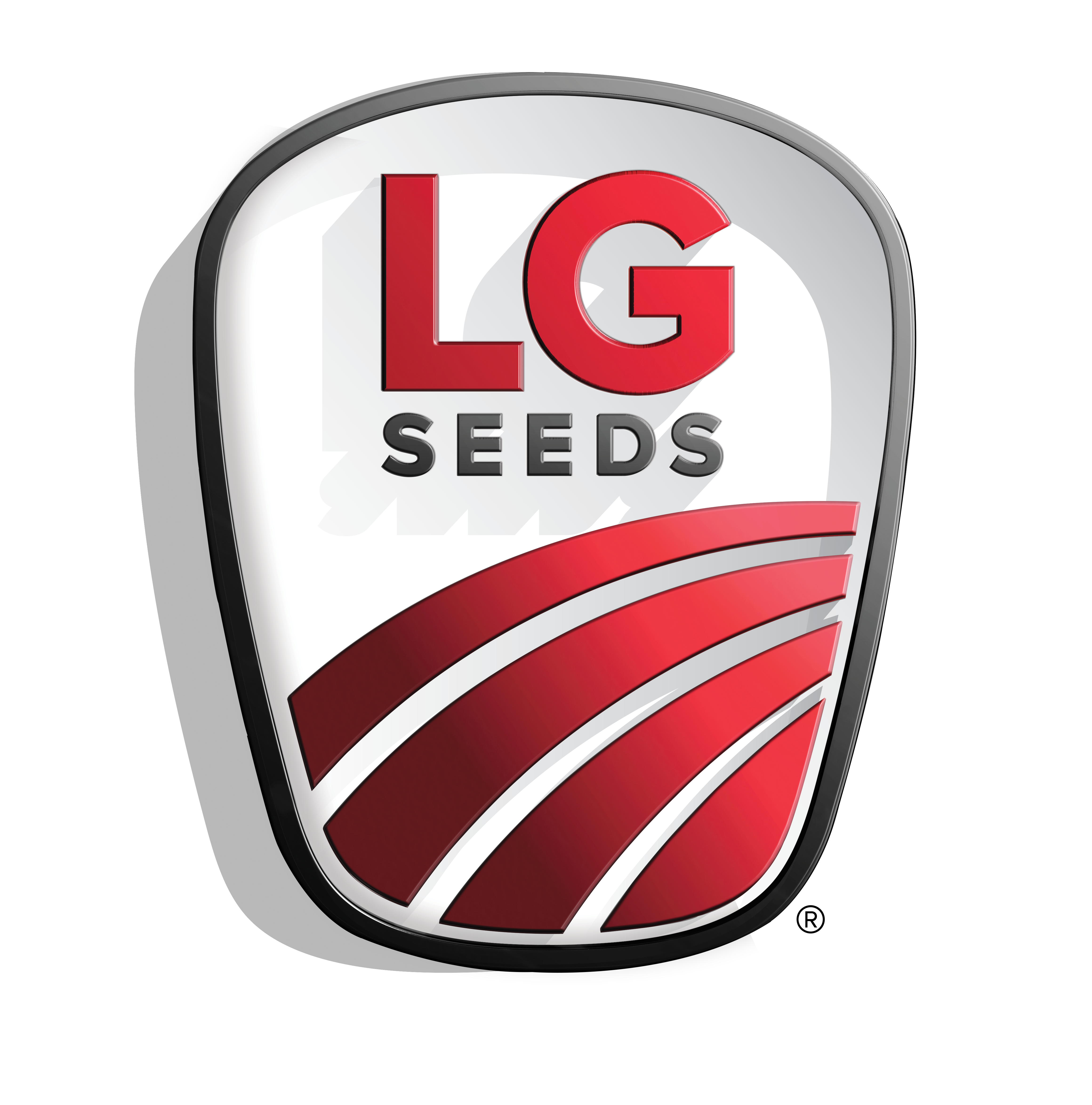AGRONOMICSUPPORT
YOU CAN TAKETO THE FIELD
“Yield, And” — Vital Seed Conversations for Your Farm
“How’d your corn do this year?”
It’s a timeless question all across the Corn Belt.
Yet everyone knows when the farmer asks this question, they’re really asking this:
“How’d it yield?”
Yield — it’s what everyone wants to know, and often, it’s how farmers choose their seed.
Key Points:
- Yield is the most common metric by which farmers take stock of their seasons.
- But for optimal seed selection, farmers should consider other factors beyond yield, such as standability, population, plant health and genetic traits.
- It’s also important to prioritize on-the-ground support from trusted agronomists.
Yield is important because it’s what pays the bills. But when selecting the right seed for your farm, potential yield is only part of the equation.
It’s time to have the “yield, and…” conversation.
There are many factors to consider when selecting hybrids for your acres. But a few considerations really stick out and dominate the second half of that “yield, and…” conversation.
Here are the top five “yield, and…” topics from our team:
Yield and Standability
Corn, of course, grows best when it stands straight and tall. However, Mother Nature sometimes has other plans for our corn. In certain conditions, corn plants can be susceptible to root lodging and greensnap.
Root lodging occurs when soil is saturated with water and winds are strong. Roots have a hard time holding on in wet soil, so when a storm shows up, those roots can pull right out of the ground and leave the corn plant leaning over.
It’s not a pretty sight. If it’s not too severe, corn plants can usually recover if the damage occurs before grain fill. However, if the damage comes later in the season, less root and photosynthetic activity can negatively affect yield.
Greensnap, or “brittle snap,” occurs during periods of rapid growth. Plants are susceptible starting in the V5-V8 stage and typically remain vulnerable through tasseling. Rapid growth occurs when the weather is hot and wet. Cells elongate and plants shoot right up, but the stalks remain brittle. If a windstorm comes around, the plants face a greater risk of falling over.

Drought can also play a factor, like in 2023. When a crop rushes to maturity and there is no moisture, it can’t successfully finish filling ears. The corn plant will use any remaining resources– like sugars in the stalk – to finish grain fill. Widespread standability issues in 2023 were likely a sign that the crop simply ran out of resources given the hot, dry conditions.
Selecting a hybrid with excellent standability ratings is a surefire way to put your best foot forward to prevent root lodging or greensnap. Yield data is important, but so is keeping your corn upright.
Yield and Population
Yield is strongly correlated to your plant population, but this doesn’t exactly mean “the more the merrier.”
Plant population isn’t something to guess or base solely on farm averages. Determining your plant population should be viewed as a prescription decision—making the best decision for your individual acres.
Soil type, water availability and historical data should all be factored into your final population decisions. Most importantly, as a grower, you need to really crunch the numbers and determine your ROI.
Planting 32,000 or 38,000 plants per acre might make sense for some fields. Highly productive soils and management-intensive operations may support this population, making the extra seed and inputs worth it.
However, depending on where you’re located, 18,000 or 20,000 may be the best population for your dryland acres. It all comes down to your return on investment—what population will support the best yield for the most reasonable input costs?
For example, take this data from Purdue, where 83 trials over 11 years were aggregated to better understand the max ROI versus max yield. The variables will fluctuate year-to-year based on market prices, environmental conditions, and more, but it’s ultimately an evaluation that must be done annually to determine the right course of action.
Yield potential is important, but pair those decisions with your planned populations.
Yield and Plant Health
One of the best ways to ensure a successful harvest is to select hybrids and varieties that are historically strong and healthy.
Reviewing disease tolerance data and ratings is important for seed selections, and knowing your unique disease pressures is part of this process.
If your farm is in an area that faces tar spot pressure, look for hybrids ranked “excellent” or “very good” in this disease category. If northern corn leaf blight is more of an issue in your neck of the woods, select hybrids that protect against this common disease.
Are there products to help fight off disease once it arrives in your fields? Absolutely. Your plant-doctoring duties will be a lot less challenging, though, if you can start off with a plant that has data-backed disease tolerance.
In fact, many farmers select hybrids and varieties by simply looking at health and disease tolerance data. That strategy makes sense—you don’t want to have to worry about your crops more than necessary.
Yield and Choices
Your farm is unique, and you need options. Access to a diverse array of hybrids and varieties gives you the opportunity to select the best products for each acre.
With LG Seeds, you have access to a wide collection of traits suited for any situation. Furthermore, by utilizing unique genetic options of multiple germplasms, you have access to hybrids and varieties that contain the best crop characteristics from multiple research lines.
All those choices help you write a prescription plan for your farm. Are you planting corn-on-corn and need a hybrid that will break a disease cycle? Are you looking for multiple herbicide tolerances paired with location-specific disease resistance? Looking at a hybrid or variety portfolio and knowing you have choices and optionality will position you well for any growing season.
Yield and A Support Team
A successful harvest with stellar yields is every farmer’s goal. When you have someone in your corner working hard to help you reach that goal, their support can make all the difference.
Your relationship with your agronomist is one of your most important connections throughout the growing season.
Being a great agronomist involves way more than simply showing up to drop off seed. An agronomist who checks in throughout the season is invested in you and your farm and wants you to succeed.
That’s service. That’s what being a reliable partner is all about.
Farmers can’t go at it alone — and having someone to offer expert advice and help you make the best decisions for your farm is priceless.
Selecting seed is one of the biggest choices you’ll make as a farmer. But when making those decisions, remember that performance is about more than yield. As important as harvest numbers are, remember to have that “yield and” conversation. At the end of the season, the “and” can make all the difference.




.png?sfvrsn=21cc74a4_1)


Agronomy Team